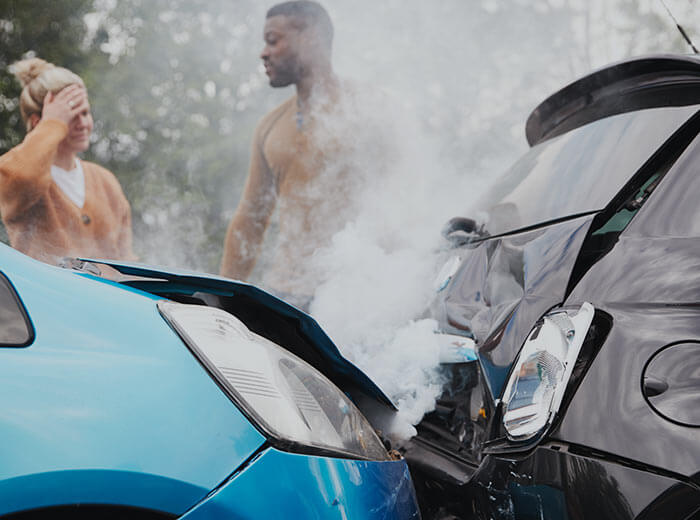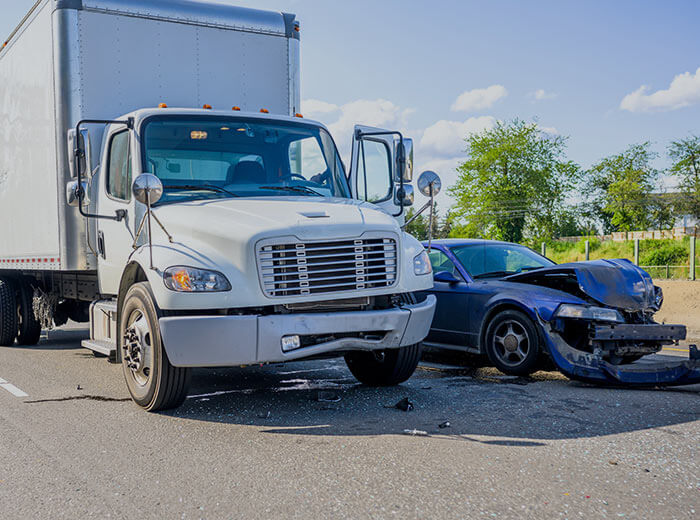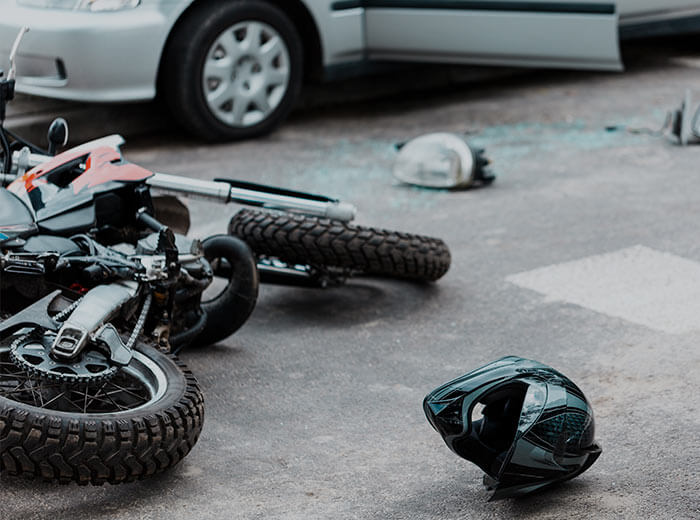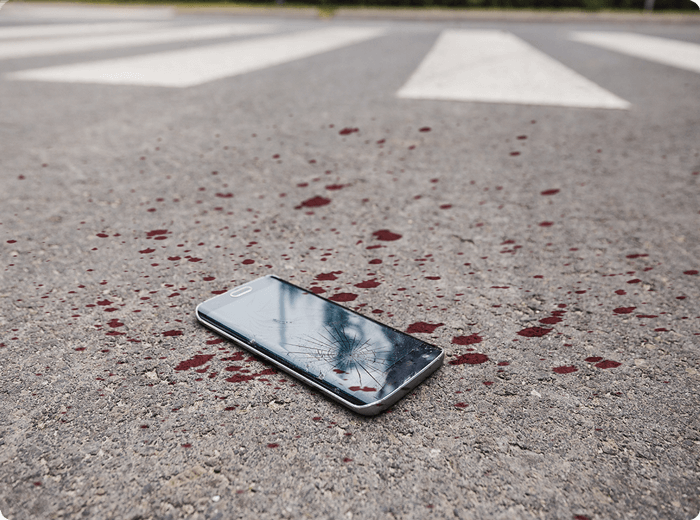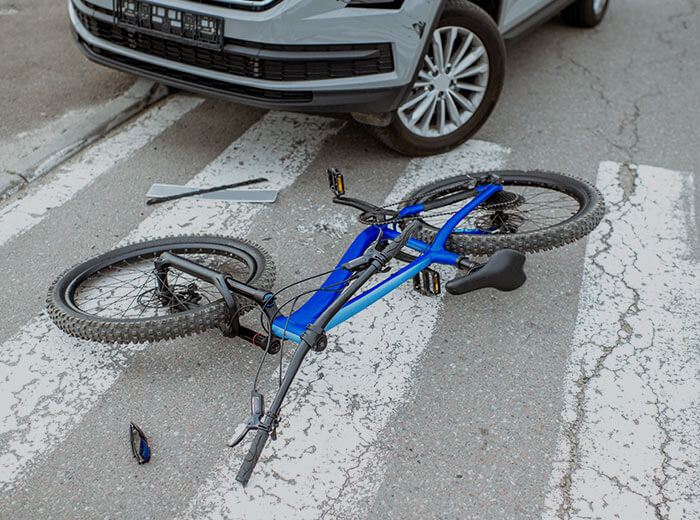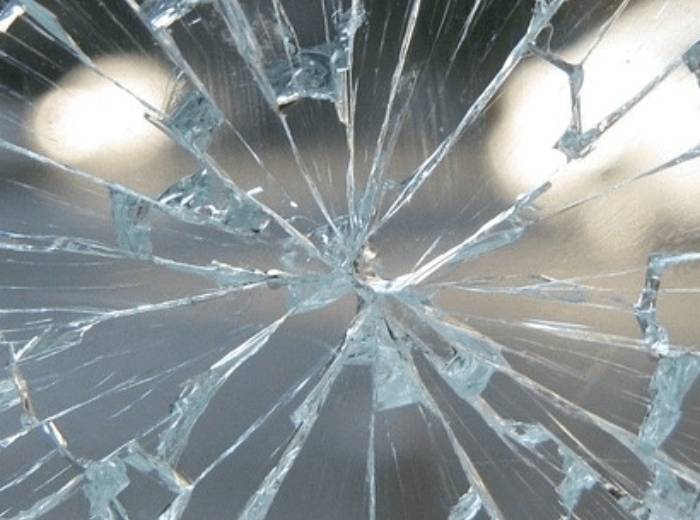Were You Injured in a Slip and Fall or Trip and Fall Accident?
Most of us have slipped or tripped at some point. Usually, we shake it off and keep going. But some falls are much more serious.
Slip and fall accidents can cause a wide range of injuries, including:
- Sprains and strains
- Torn ligaments
- Broken bones
- Back injuries
- Brain injuries
Some of these injuries are relatively minor, while others can have long-term or even lifelong effects. If you’ve been injured in a slip and fall or trip and fall accident on someone else’s property, you owe it to yourself to find out whether you have a personal injury claim. The best source of advice is an experienced Texas slip and fall lawyer.
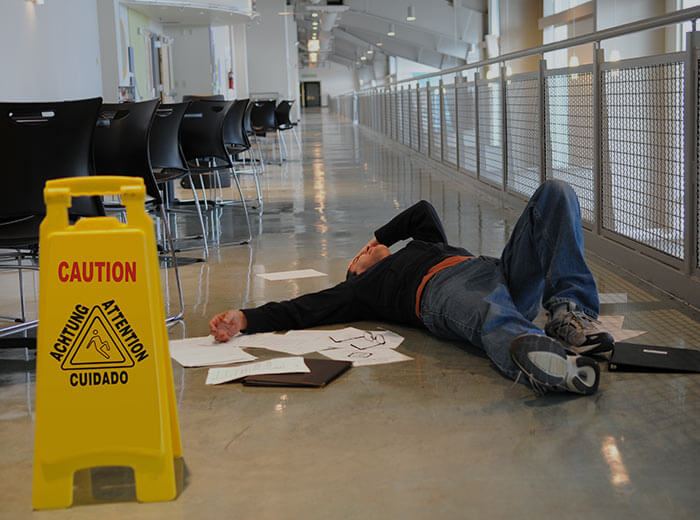
When is a Property Owner Responsible for Injuries?
A property owner isn’t automatically responsible for any injury that happens on their property. To establish a slip and fall claim, you must show that:
- A dangerous condition on the property caused your injury
- The property owner knew or should have known about the dangerous condition
- The property owner didn’t fix the problem or warn you about it
Some types of dangerous conditions that may cause a slip and fall or trip and fall injury include:
- A broken stair or loose stair rail
- A broken floorboard or carpet that isn’t properly tacked down
- Debris on a floor or walkway creating a tripping hazard
- A wet or slippery floor
- An unexpected change in the level of the floor
- A broken sidewalk
- Poor lighting, or unlit stairwells or halls
These are just some common examples. You may have a claim if you were injured by any hazard on the property that the owner should have known about and didn’t fix or provide a warning.
What to Do After a Slip and Fall Injury
After a slip and fall, the first thing you should do is check yourself for injuries. That’s true after any type of accident. It can be hard to know how seriously injured you are. Don’t take any chances. Call an ambulance (or ask someone else to) if you need medical attention right away. If you’re not sure how seriously injured you are, go to urgent care, an emergency room, or your own doctor right away.
If you wait too long to get medical care after a slip and fall injury, you could get worse. That might mean a longer recovery time. Or, you could do permanent damages. Two types of injuries that can be especially dangerous if you wait and see are spinal injuries and head injuries.
Steps to Take at the Scene of Your Injury
Depending on your injuries, you might not be able to do these things. Safety first. If and only if you are well enough:
- Take pictures or video of the scene, especially whatever caused you to fall
- Get contact information from anyone who witnessed the fall or the conditions that caused it
- Make sure you know exactly where you are–if you fell in an office building or a friend’s house, that’s easy, but if you’re walking down a sidewalk in front of a row of stores, it may be important to know which one you were in front of
- Look around for security cameras that might have recorded your slip and fall
After You Leave the Scene
The first step, of course, is to get whatever medical care you need.
When you get home, take notes. If you’ve been through a traumatic experience, it may seem like you’ll never forget a second of it. That’s rarely true. Details fade. Blank spots appear. It becomes difficult to remember the order things happened in. If your slip and fall case goes to trial, it may be two years or more before you get to tell your story in court. Notes you made at the time can help refresh your memory.
In the days following the accident–and maybe weeks or months–it’s important to keep up with your medical care. Make sure you get any tests your doctor orders. Keep all of your follow-up appointments. Go to any specialists your doctor recommends. Do physical therapy or exercises at home as recommended, and take any medications you’re prescribed.
If you don’t do as your doctors tell you to, you could set back your recovery. You could also give the property owner’s insurance company a way to argue that you’re partly responsible for your own injuries. That could mean you don’t get full compensation for your medical bills and lost income.
Talk to a Slip and Fall Injury Lawyer Right Away
You have two years to file most slip and fall injury cases in Texas, but that doesn’t mean you should wait to get help. The best time to hire a personal injury lawyer is as soon as possible after your accident. Here are a few of the reasons it’s best to act fast:
- In certain cases, like if the property is owned by a city, the time to give notice of your claim may be much shorter
- You start a slip and fall claim by notifying the property owner’s insurance company, but it’s best that you don’t talk to them
- As time passes, it gets harder to collect evidence, and some evidence may be lost forever
- Managing your claim can be time consuming and stressful, so handing off to a Texas slip and fall attorney can take the pressure off
The I Just Got Hit (Godsey Law Firm, P.C.) team was built around a common goal: to improve lives in our community. You don’t have to take our word for it. Listen to our clients.
What Our Clients Say
Our Slip and Fall Lawyers Will Fight for You
You probably know you want a slip and fall lawyer with knowledge and experience. You’re putting something very important in your attorney’s hands, so you want to work with someone you can trust to put you first. You also need a law firm that will take your case to trial if that’s what’s best for you.
At Godsey Law Firm, P.C., our goal is always the best possible outcome for you. If that means arguing your case to a Texas jury, that’s what we’ll do. We’ve helped more than 75,000 injured Texans and their families, and we’ll help you, too. Call us today, or click below to get started.
Texas Slip and Fall Injury FAQs
You’ll see these terms used together or interchangeably. The only difference is the way the fall happened. For instance, it’s a slip and fall accident if you step into spilled liquid or on a freshly mopped floor and slip. It’s a trip and fall if you catch your toe on a broken walkway and lose your balance, or trip on a toy, tool, or debris left on the ground.
From a legal perspective, trip and fall and slip and fall cases are treated the same. They’re both personal injury cases based on the property owner not having lived up to their duty of care.
Governmental entities in Texas are typically protected by sovereign immunity. That means that the government is protected against being sued. However, there are exceptions to this rule. One of those is that an injured person may have a claim against a governmental entity if the injury was caused by a condition on real property and a private citizen would be legally responsible in the same circumstances.
When you have a claim against a governmental entity in Texas, it’s important to talk to a premises liability attorney. The state of Texas and many cities have notice requirements that are much shorter than the statute of limitations. In Houston, for example, a notice of claim must be filed with the city within 90 days.
Some slip and fall or trip and fall injuries are minor. Most of us have taken a tumble at one time or another, and may not have been injured at all. But, falls can be very serious. A slip and fall or trip and fall can result in broken bones, back injuries, or head injuries. In some cases, falls are fatal.
How serious the injury is depends on many factors, including whether the fall is same-level or from a height, the surface the injured person falls onto, the position in which the fall victim lands, and even variables like the age and health of the person who slips and falls. Damages in a Texas slip and fall or trip and fall case will depend on the nature and extent of the injuries and associated costs.
Texas recognizes per se negligence. That means that in some circumstances, violation of a safety-related law or regulation may be sufficient to show that the property owner was negligent. For negligence per se to apply in a premises liability case, the plaintiff would have to show that the property owner was in violation of a building code or other safety law or regulation. They would also have to show that they were part of the group the law or regulation was intended to protect, and that the violation caused their injury.
Negligence per se can simplify one part of a personal injury case like a slip and fall case–proving negligence. But, it will still be up to the injured person’s slip and fall lawyer to prove that the negligence caused the injury, and to establish damages.
Copyright © 2007-2025 The Godsey Law Firm, P.C., All rights Reseved.





